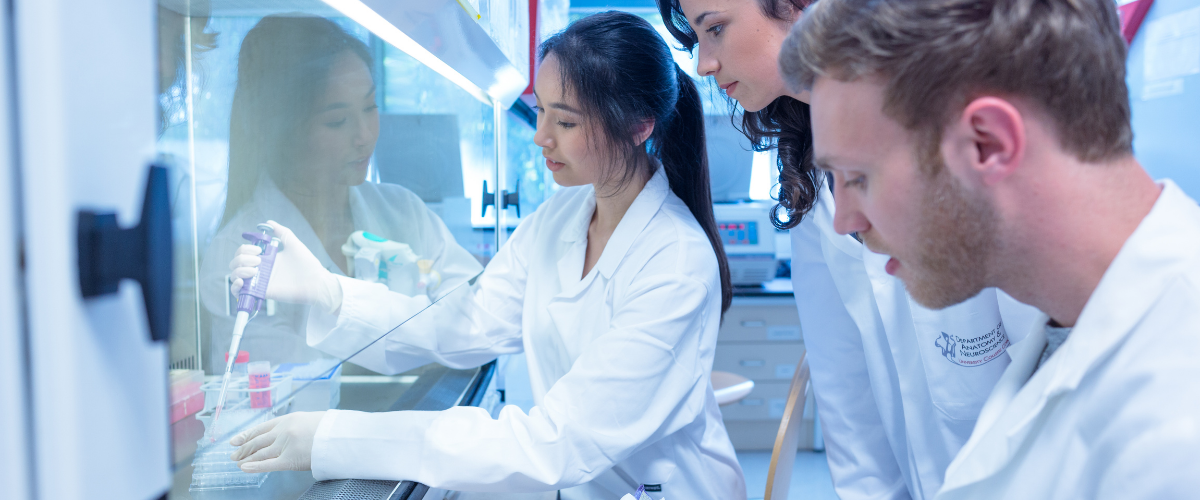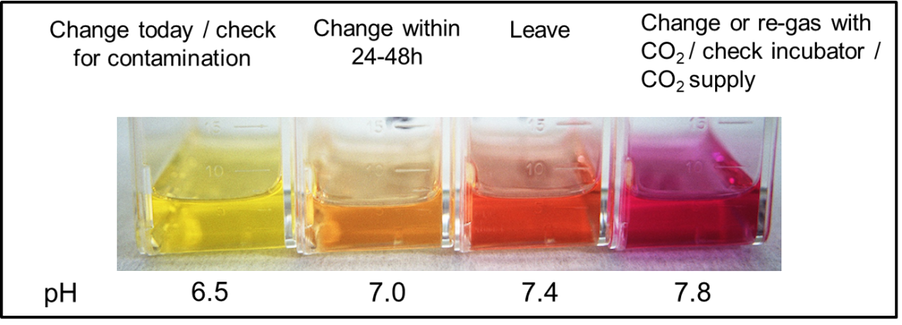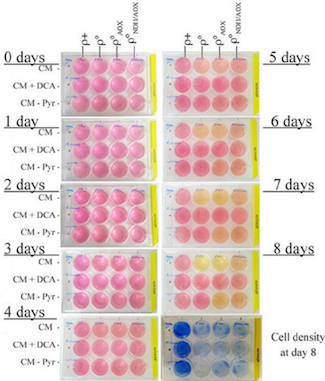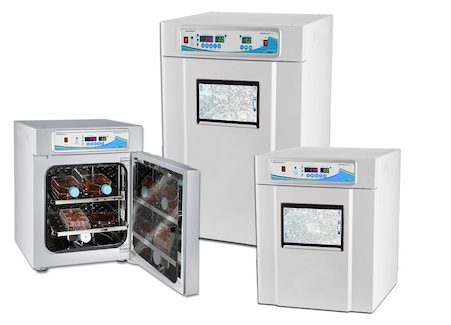 S2K Commerce - Products Dropdown
S2K Commerce - Products Dropdown
 S2K Commerce - Shopping Cart
S2K Commerce - Shopping Cart
 Web Content Viewer
Web Content Viewer
Resources
How to Identify and Control pH Variation in Cell Culture Research

Controlling the variation of pH in cell culture research produces more consistent results. If you are building a home and the foundation is unstable, the rest of the structure will have issues — which can serve as a metaphor for controlled pH. Variations in pH can be strong indicators of issues downstream, including gene and protein expression.
For discussion purposes, pH is defined as the quantitative measurement of acidity or basicity of a liquid solution1. This measurement will range between 1 (acidic) and 14 (basic). A neutral pH of 7.4 is considered ideal for cell culture research2. Primary cells may vary from 7.0 to 7.4, and fibroblasts between 7.4 and 7.7.
What Are Visual Cues of pH Issues?
There are two ways to identify pH issues in a process:
- Color: Take note if there are color variations within a plate or from one flask to another. Several manufacturers include a red pH indicator. If the media is turning purple, it could mean you have a fungus or yeast contaminate. If the pH is becoming acidic, the media will turn orange to yellow3 and can indicate a bacterial contaminate.
 Figure 1
Figure 1
- Evaporation: You will also have a pH concern if you notice evaporation on the outer wells of your plate. Cultures will turn when cells reach and exceed maximum density, because of liquid evaporation and concentration of media, and with time.
If you have identified a pH concern, consider these three questions: Am I following standard operating procedure (SOP)? Are we using the right equipment? Are we using cheap tools or plastics?
This can be a good time to review and improve protocols and evaluate the quality of your lab equipment.
Quality Plastics and Incubators for Cell Culture Research
Temperature and gas differences impact evaporation rates, condense nutrients, change pH and ultimately lead to variations in gene and protein expression from one well to another, or one vessel to another. Commonly, this is the result of flasks, plates and dishes being stacked in the incubator. The stacked plastics insulate each other and limit gas and temperature exchange. This is also why most labs using 96 wells do not use the outer wells: they evaporate too much.
One solution is to use plastics that provide better uniformity in temperature and gas exchange. This produces consistency in pH, helping to create a significantly lower variance from well to well or vessel to vessel.

Figure 2
Figure 2 shows the well to well consistency of TPP plates. You will notice a great deal of consistency in color from day 0 to day 3, with little variation until day 5. Note that most labs pass cells after two or three days and are getting great uniformity well to well. Although Figure 2 was not tracking pH or evaporation, it does inadvertently demonstrate the well to well consistency of TPP plates.

CO2 incubators also help mitigate pH issues in cell culture research. Turning the heat up to 180°C will kill bacterial and viral contaminates. However, most incubators cannot reach this temperature. The solution? Several of our incubators offer a 180°C hot air sterilization incubators for long-term solutions. The 180°C sterilization mode guarantees to destroy all contaminates.
To read more about contamination control measures in CO2 incubators, click here.
MIDSCI: Your Partner for Cell Culture Research Supplies
Located just outside of St. Louis, MIDSCI is a leading consultative partner for scientific researchers everywhere. We offer a variety of lab equipment and scientific research supplies from the industry’s most respected brands, including TPP. MIDSCI is the exclusive North American Importer for TPP Cell Culture Plastics.
Interested in bringing TPP Plastics or other MIDSCI products your lab? Contact us today for a sample! Submit a request online, call us toll-free at 1 (800) 227-9997 or send an email to tech@midsci.com.
Browse our selection of TPP plates and CO2 incubators.
* * * * *
REFERENCES
1. Encyclopedia Britannica: https://www.britannica.com/science/pH.
3. Binder, “The pH value is a key factor in cell and tissue cultures.” https://blog.binder-world.com/us/adherent-cell-cultures
Figure 1: Public Health England, “CO2 concentration and pH control in cell culture laboratory.” https://www.phe-culturecollections.org.uk/news/ecacc-news/co2-concentration-and-ph-control-in-the-cell-culture-laboratory.aspx
Figure 2: ResearchGate, “Restoration of electron transport without proton pumping in mammalian mitochondria.” https://www.researchgate.net/publication/23484171_Restoration_of_electron_transport_without_proton_pumping_in_mammalian_mitochondria
